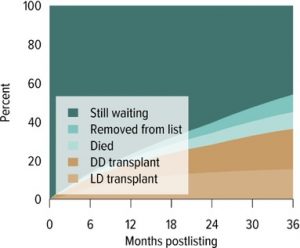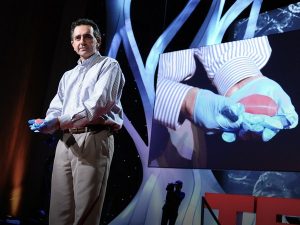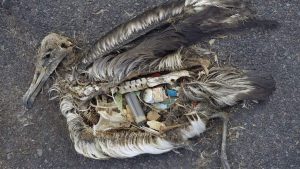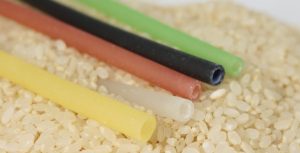Waiting for a kidney or 3D Bioprinting?
In January of this year, China used 3D printing for a bridge construction where people can walk through as the picture below. 3D printing becomes popular, applying in varieties of objects, small daily objects and even large materials. However, what else we can use 3D printing for? Could 3D-printing apply in a medical field?

3D Printing Bridge in China 2019
Traditionally, kidney diseases are demanding kidneys for saving human lives, as scientists stated that more than 100,000 adults and 1500 children waiting for lived kidney by 2014, as the following picture states, the number of patients is still increasing. However, not to surprise, the number of kidney donors cannot support the needs of kidney patients, only 30 % of patients might get a chance for transplants and around 10 % of patients died during the waiting time, shown right below the picture.

An increasing number of kidney patients

Three‐year outcomes for adults waiting for a kidney transplant in 2011 (DD, deceased donor; LD, living donor)
As reported by Japanese researchers, organ acceptors can perform transplants only after their health conditions match the organ donors, such as blood type. The limitation of organ transplants makes it more difficult for kidney patients. But, what if we can make a kidney by 3D bioprinting?
Currently, lots of experiments are seeking the potential possibility of organ bioprinting. 3D bioprinting can cure kidney disease easier comparing to waiting for kidney donors. In 2011, Dr. Altia successfully used engineered bladders (key parts of a kidney) via bioprinting to save a boy called Luke Massella 10 years ago. In a TED show, Dr. Altia’s group produces a whole human kidney by bioprinting in only 40 minutes. This bioprinting technique can fulfill the needs of kidneys.

TED Talk, printing a human kidney
In the next few years, kidney patients will not require to wait for the matched kidney donors for transplants and bioprinting-kidneys will help them get a healthy life.
Posted in Health
Tagged Bioprint, kidney


